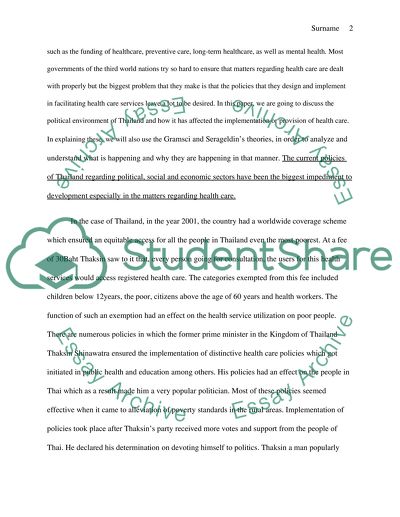Cite this document
(“Thailand 1980s the Present: Neoliberal Ideas, Policies, and Practices Research Paper”, n.d.)
Thailand 1980s the Present: Neoliberal Ideas, Policies, and Practices Research Paper. Retrieved from https://studentshare.org/geography/1448616-thailand
Thailand 1980s the Present: Neoliberal Ideas, Policies, and Practices Research Paper. Retrieved from https://studentshare.org/geography/1448616-thailand
(Thailand 1980s the Present: Neoliberal Ideas, Policies, and Practices Research Paper)
Thailand 1980s the Present: Neoliberal Ideas, Policies, and Practices Research Paper. https://studentshare.org/geography/1448616-thailand.
Thailand 1980s the Present: Neoliberal Ideas, Policies, and Practices Research Paper. https://studentshare.org/geography/1448616-thailand.
“Thailand 1980s the Present: Neoliberal Ideas, Policies, and Practices Research Paper”, n.d. https://studentshare.org/geography/1448616-thailand.


